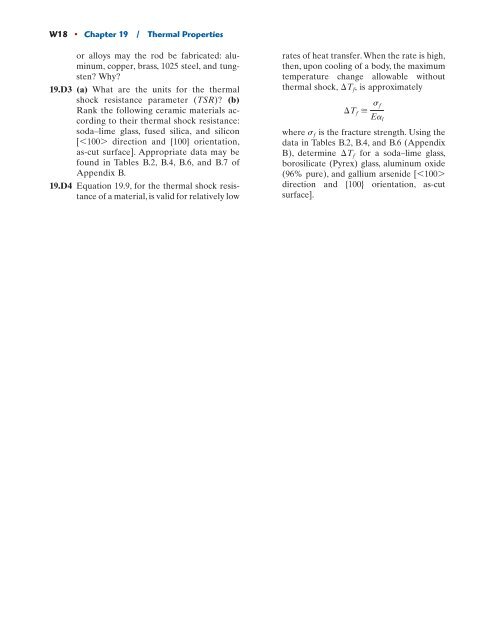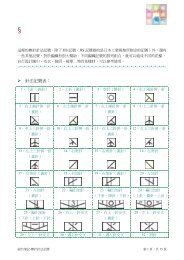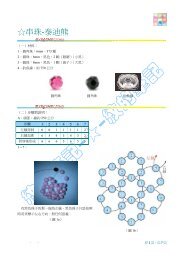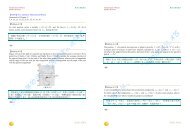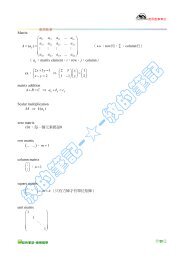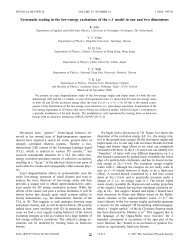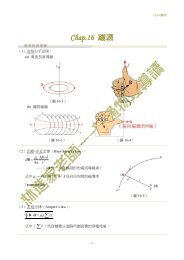Chapter 19 Thermal Properties
Chapter 19 Thermal Properties
Chapter 19 Thermal Properties
Create successful ePaper yourself
Turn your PDF publications into a flip-book with our unique Google optimized e-Paper software.
W18 • <strong>Chapter</strong> <strong>19</strong> / <strong>Thermal</strong> <strong>Properties</strong><br />
or alloys may the rod be fabricated: aluminum,<br />
copper, brass, 1025 steel, and tungsten?<br />
Why?<br />
<strong>19</strong>.D3 (a) What are the units for the thermal<br />
shock resistance parameter (TSR)? (b)<br />
Rank the following ceramic materials according<br />
to their thermal shock resistance:<br />
soda–lime glass, fused silica, and silicon<br />
[ 61007 direction and {100} orientation,<br />
as-cut surface]. Appropriate data may be<br />
found in Tables B.2, B.4, B.6, and B.7 of<br />
Appendix B.<br />
<strong>19</strong>.D4 Equation <strong>19</strong>.9, for the thermal shock resistance<br />
of a material, is valid for relatively low<br />
rates of heat transfer. When the rate is high,<br />
then, upon cooling of a body, the maximum<br />
temperature change allowable without<br />
thermal shock, ¢Tf, is approximately<br />
s f<br />
¢T f s f<br />
Ea l<br />
where is the fracture strength. Using the<br />
data in Tables B.2, B.4, and B.6 (Appendix<br />
B), determine ¢Tf for a soda–lime glass,<br />
borosilicate (Pyrex) glass, aluminum oxide<br />
(96% pure), and gallium arsenide [ 61007<br />
direction and {100} orientation, as-cut<br />
surface].


